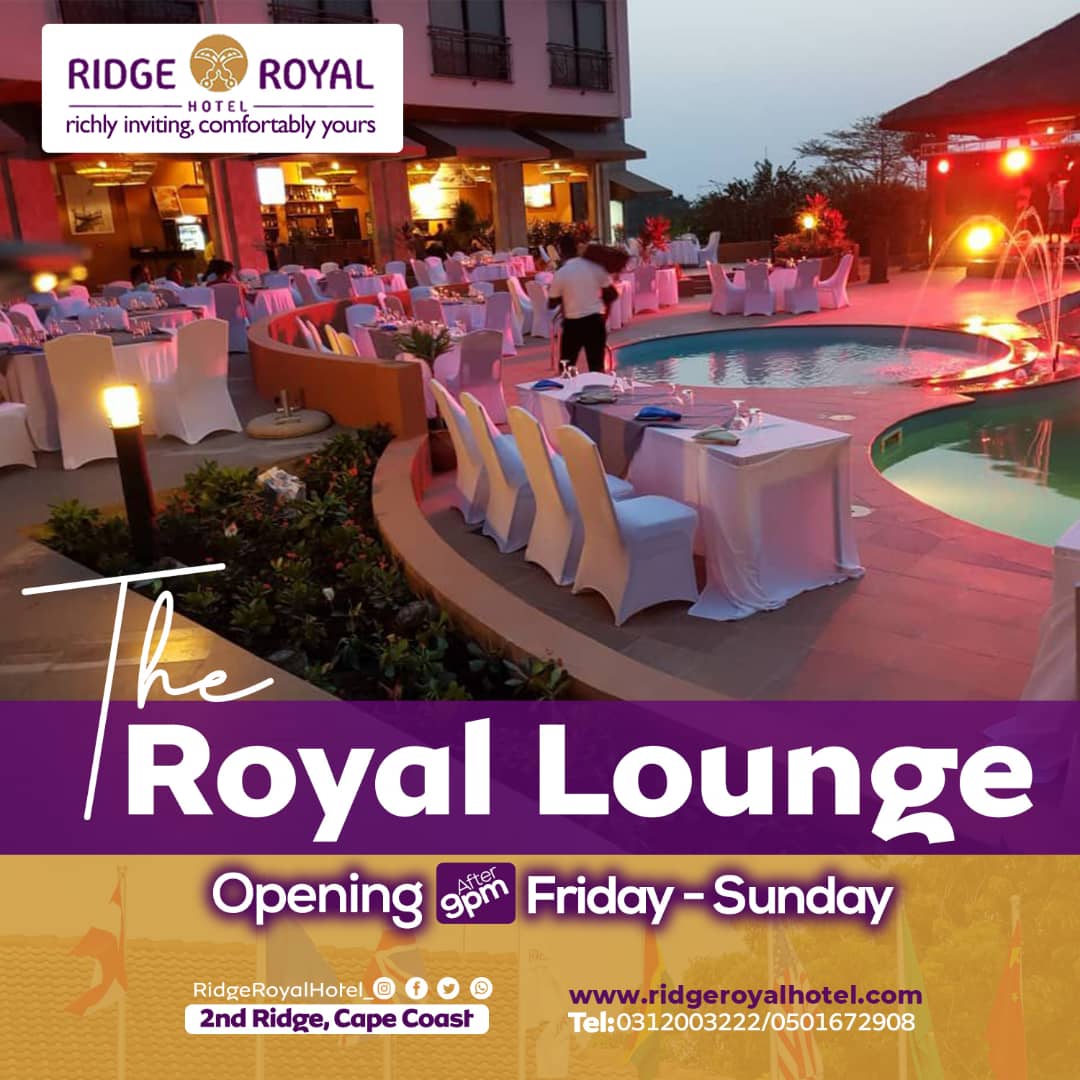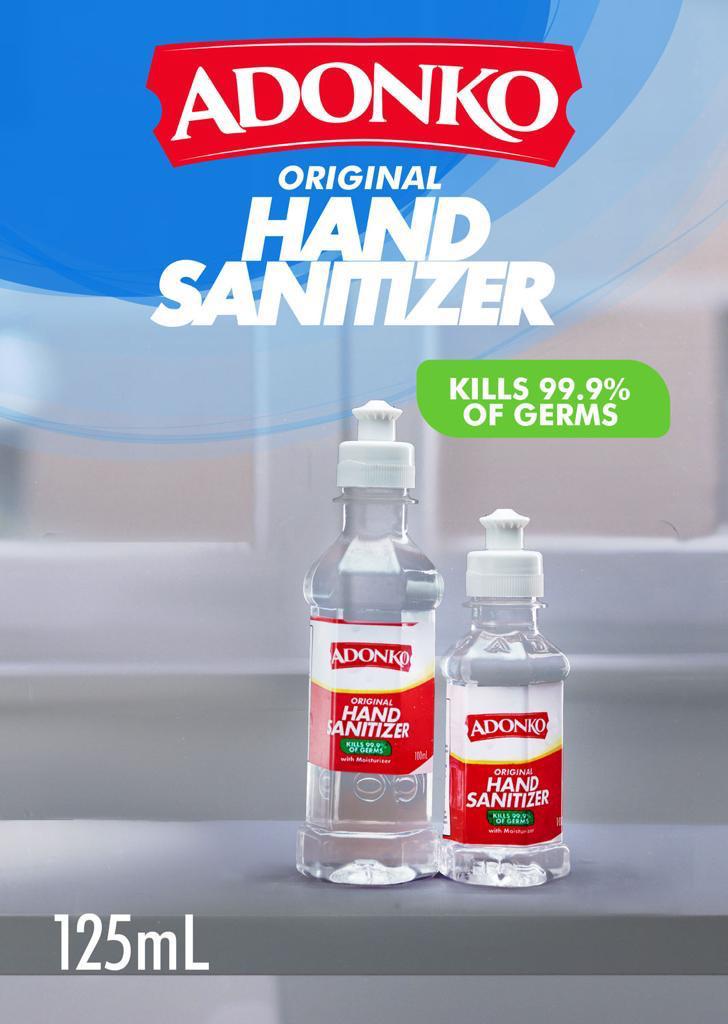|
Getting your Trinity Audio player ready...
|
The Local Content and Local Participation Regulation 2013, (LI 2204) is most often cited in speeches and grandiose political rhetoric about the need to empower indigenous Ghanaians in the petroleum sector.
But little is heard of the practical steps being taken to create the next oil and gas avatars in Ghana. Worse still, the few shining lights pushing the boundaries in the petroleum sector are doing so in the dark with their heads bowed deep into the virgin oil industry.
Interestingly, the mining industry in Ghana has been around for a long while yet its local content and local participation architecture are not significantly different from the oil and gas, if not worse.
Industry experts believe it is the imperious foreign-dominated experiences in the mining sector that informed the promulgation of the local content law in the petroleum sector to ensure participation by indigenous Ghanaians in the sector.
It is for this reason that ‘Turning the white space into blue’ and the story behind should be of interest to all well-meaning Ghanaians interested in tracking how young indigenous locals are blazing the trail in a sector dominated by ex-pats, a sector that holds the key to turning the economic fortunes of our country.
The phrase may sound like a painter’s impressionable work of art, or just maybe a poet’s little hook to keep the mood in a drama studio. But for the crack team of young Ghanaian oilfield engineers, ‘Turning the white space into blue’ is an incredible game changer, a multi-million drilling strategy that brings the oil, gas sector, and the mining industry into ‘holy business matrimony’ with a promise of a fruitful return on investment.
At a time when the country is begging for local capacity to be developed in the oil, gas, and mining sectors, this crack team of young Ghanaian engineers led by Cephas Konadu, Product and Service Delivery Manager at Schlumberger is pushing the boundaries in these two uniquely similar but different sectors much to the admiration of ex-pats in the field.
Adept with the oil and gas drilling expertise that drives the rig several thousands of meters in the deep blue sea and striking oil in commercial quantities across the coasts of Ghana, Ivory Coast, Liberia, Sierra Leone, Guinea, Senegal, Mauritania, Nigeria, Cameroun and Tanzania, Mr Konadu and his team were faced with a new challenge- mining for precious yellow metals using the expertise and tools deployed in the oil sector.
That was akin to handing a rifle to a red cross officer in the heat of battle, hoping his last gasp effort will save the day. That was how the white space (mining) was turned into blue (oil and gas) in a fascinating, mining adventure in Ahafo. All these happened in the year of the global pandemic giving credence to the popular saying that adversity is the mother of invention.
Covid 19 and the Chambers Data
Like many other sectors, the mining sector received its fair share of reported outbreaks of Covid 19 in the mines in the early days of the pandemic which disrupted investment and business activities for most mine owners.
As a result, the 2020 Mining Industry Statistics and Data report published by the Ghana Chamber of Mines states in part: “A simultaneous contraction in the output of both large and small-scale gold mines occasioned the highest year-on-year decline in the yellow metal’s production since 2004. The quantum of gold production attributable to the large-scale sector waned by 4.8 per cent to 2.847 million ounces in 2020 from 2.989 million ounces in 2019. The descent in the output of the large-scale producers was primarily a reflection of the broad downturn in production by most mines, which is primarily explained by the spill-over effects of COVID-19 and mine-specific factors.”
Again, a paper written on behalf of the Africa Development Bank titled; “The impact of Covid 19 on Mining; Case studies of four African countries” stated: “In 2020 there was a decline in gold production from both large and small-scale producers. The large-scale sector declined by 6% whilst the small-scale sector declined by 20.4%. Overall, Ghana’s total gold output for 2020 fell by 11%. The declines were largely due to the observation of Covid 19 health protocols including social distancing.”
This gives a bird’s eye view of the devastating impact Covid 19 had on the mining sector in 2020. Companies, therefore, needed to think outside the box in order to remain relevant in business. A mine in Ahafo showed the way in the pandemic. Even though the mine is known largely for its conventional vertical drilling method, it was ready to look beyond the obvious, and the most comfortable.
They had to do something drastically ingenious that is acceptable within the mining laws of Ghana and well within the local content and Covid 19 protocols. That is where Cephas Konadu and his team at Schlumberger moved in from the oil wells to the rocky mines.
The Chilean mine disaster
Schlumberger is a leader in the delivery of technology and services in the global energy sector and has perfected the directional drilling technology (mostly used in the oilfield).
This time though, the mine in Ahafo wanted that drilling technology to be used in mining for gold. It was a tough call but according to Cephas Konadu, there was no better, greater motivation than to deploy the directional drilling technology in a mining field known for its vertical drilling conventions.
As a local and head of the Schlumberger Drilling and Measurements segment for West Africa (excluding Nigeria) at the time, this call to duty was a test on his credentials as a local, a challenge to fly, not just the flag of Ghana but that of Schlumberger by doing what the mine in Ahafo had never done before.
Schlumberger is no stranger at all to taking calculated risks. Ten years ago, the company used the same directional drilling technology to save the lives of 33 Chilean miners who were trapped for 69 days in the collapsed San Jose mine.
If that strategy saved the lives of miners in a desperate situation, it can also be used to extract the finest of gold even in the midst of a pandemic. One of the noticeable differences between the two adventures was that the latter was to be supervised by locals, a challenge Mr. Konadu led, managed and executed to perfection.
“I had never been to the mines before, but I was convinced that if I could drill into a 5000-6000m depth of oil reservoir and gush out black gold (oil) in commercial quantities, drilling 650m for yellow metals should not be all that difficult,” Cephas Konadu added.
These were the exact words of motivation anyone needed for a job like that but sometimes the dreams of our aspirations and the realities that come with it, are always miles apart. “It was when we got to the mines that we realized the enormity of the task at hand.”
“After our preliminary survey of the mine, we realized the equipment at hand were incompatible with the job specification,” he stated, adding, but it was not time for excuses. “I wasn’t going back to tell Schlumberger the job cannot be done. We had to improvise. We needed more auxiliary equipment. We had to fabricate existing equipment to be able to get the job started.”
Why directional drilling?
With Covid 19, there was the need to reduce manpower at the mines whilst still operating at optimum levels if a company desires to remain competitive in business.
It took three men from Schlumberger about three months maximum to complete the task at hand (from planning to execution), using the directional drilling method and tools, and the outcome was phenomenal. This task was impossible for the mines to achieve with their current and conventional drilling technology.
Directional drilling required a higher level of innovation, expertise and investment, but the return on the investment was always intimately overwhelming.
Even though the rig was mounted at one point of the mine, we had to deviate at an inclination of 53 degrees with a constant azimuth of 180 degrees in order to hit the target. That way we didn’t have to dig multiple trenches in the mine, Cephas Konadu explained.
Safety in a deviation
If the Chilean mine disaster, as well as the many media reports about the mine collapse in Ghana, are anything to go by, safety in the mine was always going to be top on the agenda.
Cephas Konadu and the team at Schlumberger as well as the operators at the Ahafo Mine, were well aware of the monumental risks in the sector, including the risks involved in the project they were about to embark on.
In spite of the palpable risks, Cephas Konadu stated that the directional drilling strategy they executed minimized any potential risks during the drilling operation.
“To be fair, the Ahafo mine has strict rules and procedures in mine safety operations and so it was easy adapting our technology within those rules for maximum protection. On a personal level, safety at the rig or mine has always been my biggest concern. So as part of my requirements for promotion to General Field Engineer position in December 2013, I worked on a project to standardize the operation of the Stabilized Azimuthal Density Neutron (SADN8) tool, one of the most dangerous, yet important radioactive tools used in the oil industry,” Cephas Konadu stated, adding, “even though this particular tool was not used for this project, my standardization has become the globally accepted way by which this tool will be used to minimize accidents at the rig site.”
“So with two engineers on the rig at the mining site with me pushing the buttons from the office we were able to conduct a surgical mine operation without harming a fly,” Cephas Konadu indicated.
The adventure in the Ahafo mine was hugely successful and financially rewarding. But the most breathtaking aspect of it all is the local angle and the expertise deployed to make it successful.
There is no gainsaying the importance of the directional drilling technology in the mines. It is more lucrative in terms of its application. Even if it demands a little more investment, the time saving benefit compared with the orthodox method of drilling operations in the mine is overwhelming.
It is environmentally sound because it minimizes the destruction to the surface areas under exploration and it is safer. What is more, the Ghanaian connection and the local expertise brought to bear in this adventure, remains the single most enthralling development in a foreign-controlled sector.
By Nathan Gadugah, a journalist with over two decades of experience and now Edits for Dubawa Ghana, Sierra Leone, Liberia and The Gambia.








